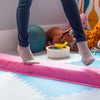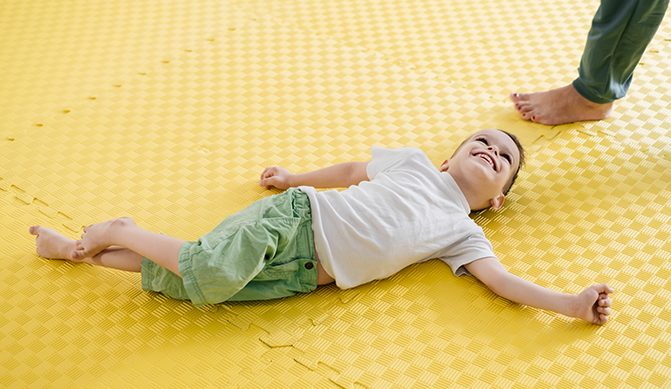Having a safe and comfortable sensory area is important for children with developmental disorders. And with 2018 CDC statistics showing that about one in 59 children is diagnosed with an autism spectrum disorder, there are a lot of families that can benefit from having a sensory room in their home. So to help you create your very own sensory room, here are a few tips to get you started.
Choose relaxing lighting: In a sensory area, having a relaxing environment is essential. This can be achieved by using the right type of lighting. You should consider using string lights, battery-operated candles, or even something like lava lamps. The right lighting can help influence feelings of calm and stillness, which is important in a sensory area. You should also consider using warm, soft lighting rather than harsh, cool toned lighting.
Install foam floor mats: Having comfortable flooring is a key part of a great sensory room. This is especially important if the user is going to be sitting or crawling on the floor because they need a cushioned surface to move around on. Fortunately, surfaces like foam carpet tile or interlocking floor mats are perfect for sensory areas. Not only are these surfaces comfortable to move around on, but they’re great for keeping people safe if they accidentally fall. So keep foam carpet tile in mind for a great flooring option.
Create a tactile wall: Having a variety of tactile and sensory items to be used is always a good idea. But instead of keeping them in storage bins where they can’t be easily accessed, consider creating a tactile wall. Hanging items on the wall that can be used as desired can help increase ease of access and create both visual and tactile stimulation. However, it is important to keep it minimal so overstimulation doesn’t occur.
Hopefully, these tips will help you create a comfortable and safe environment in your sensory room at home. And if you are in need of crash mats or foam carpet tile, make sure to contact We Sell Mats for more information.




